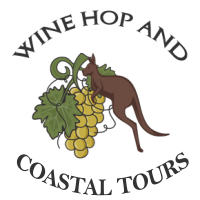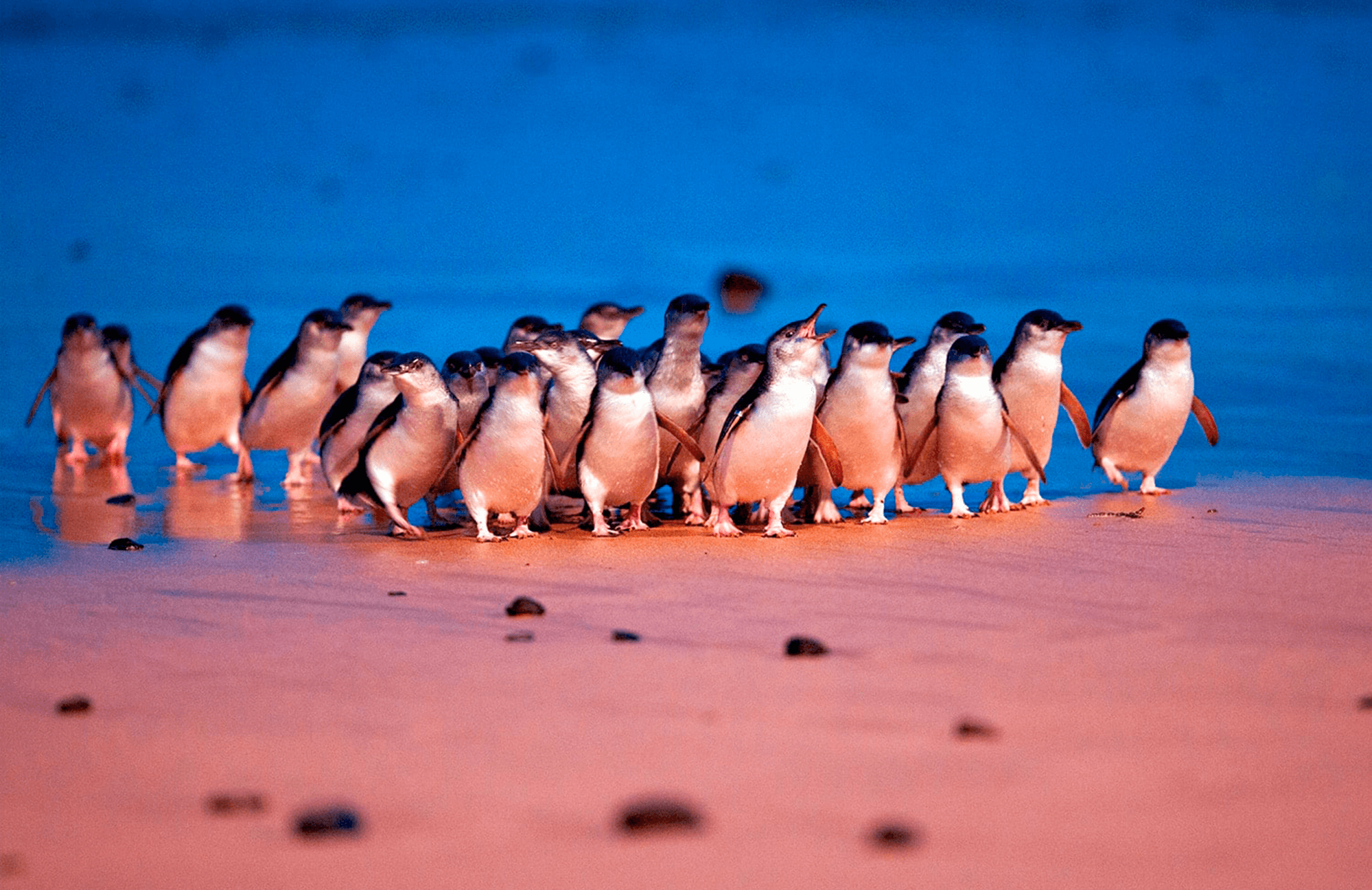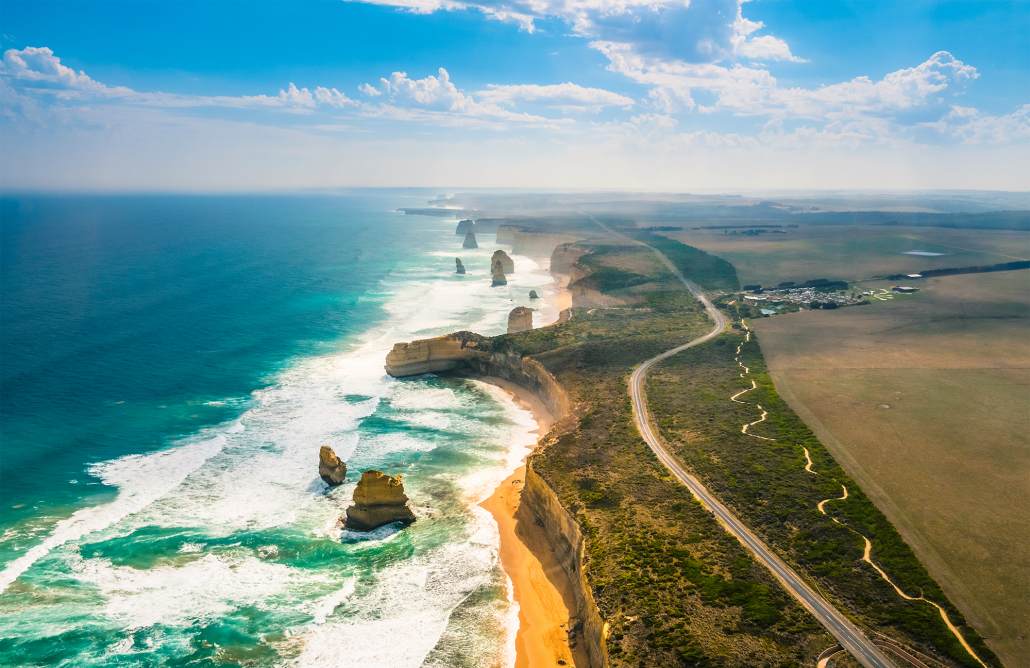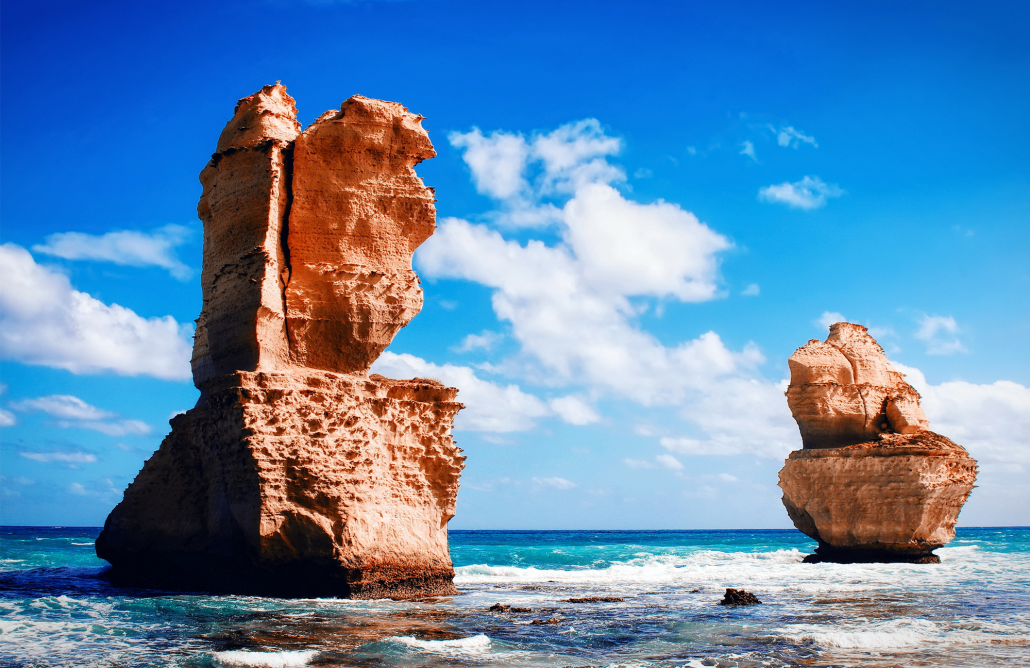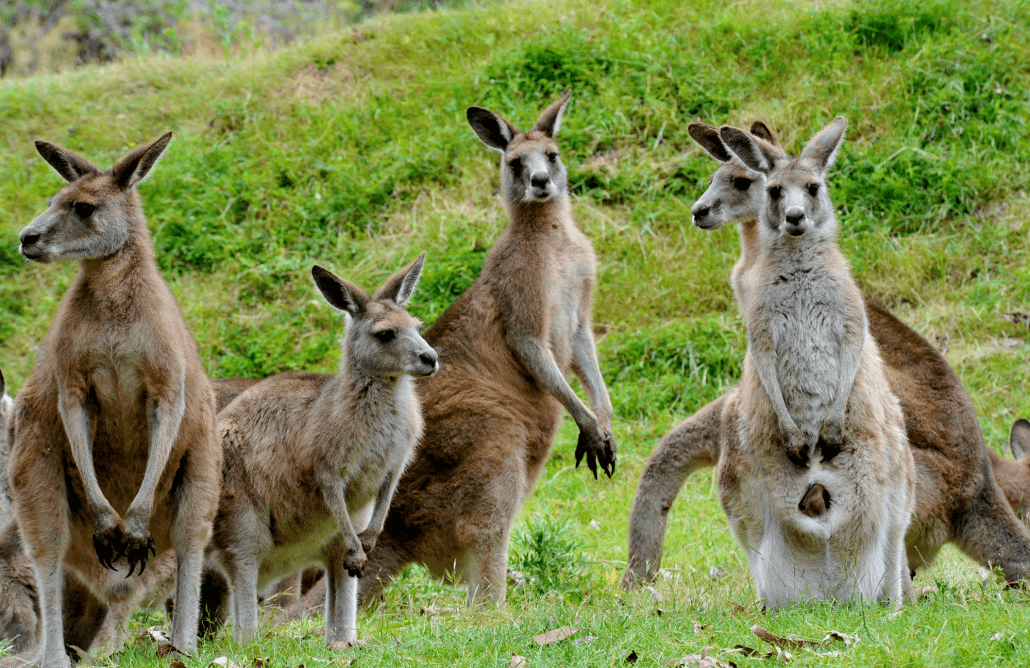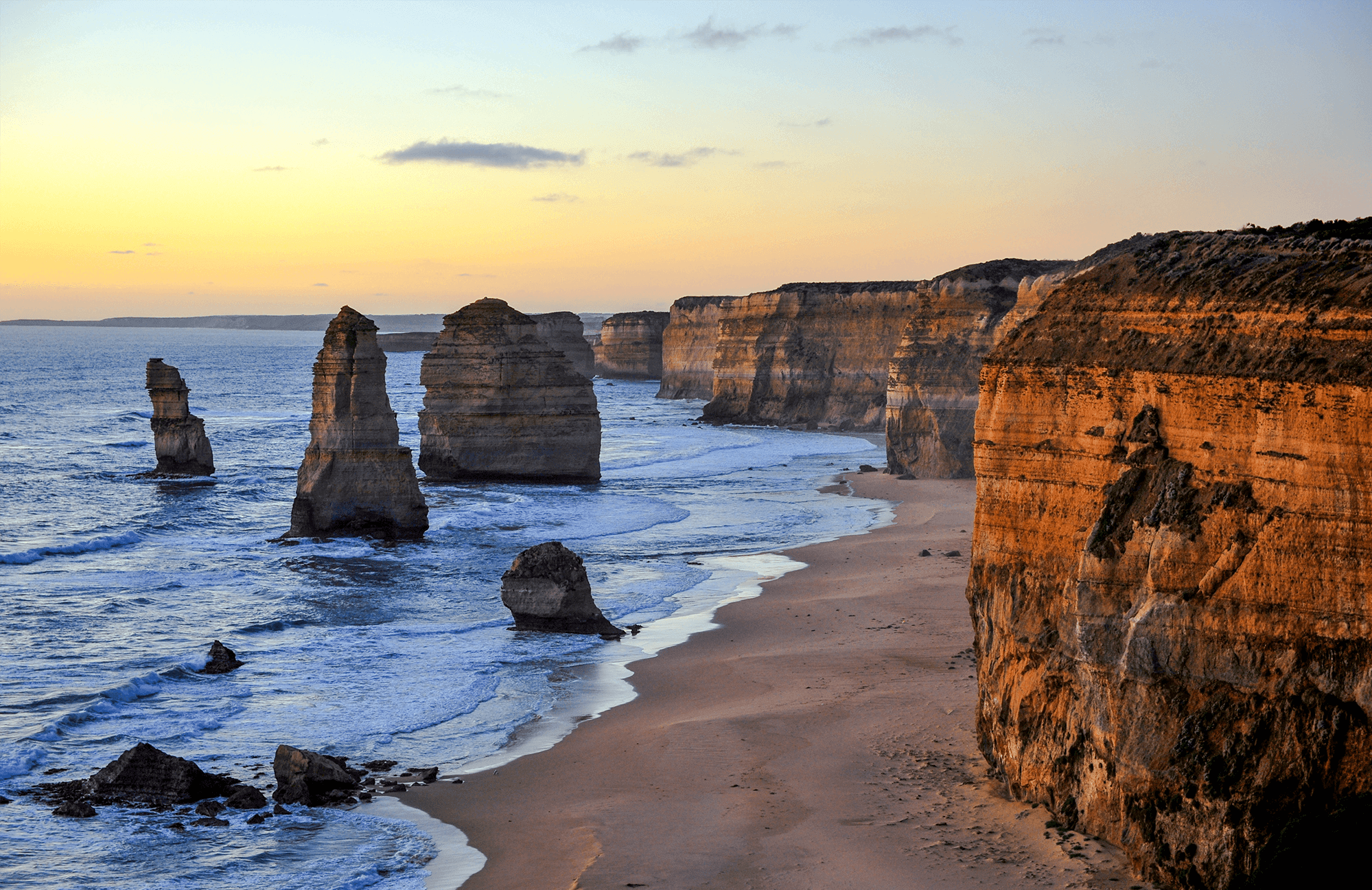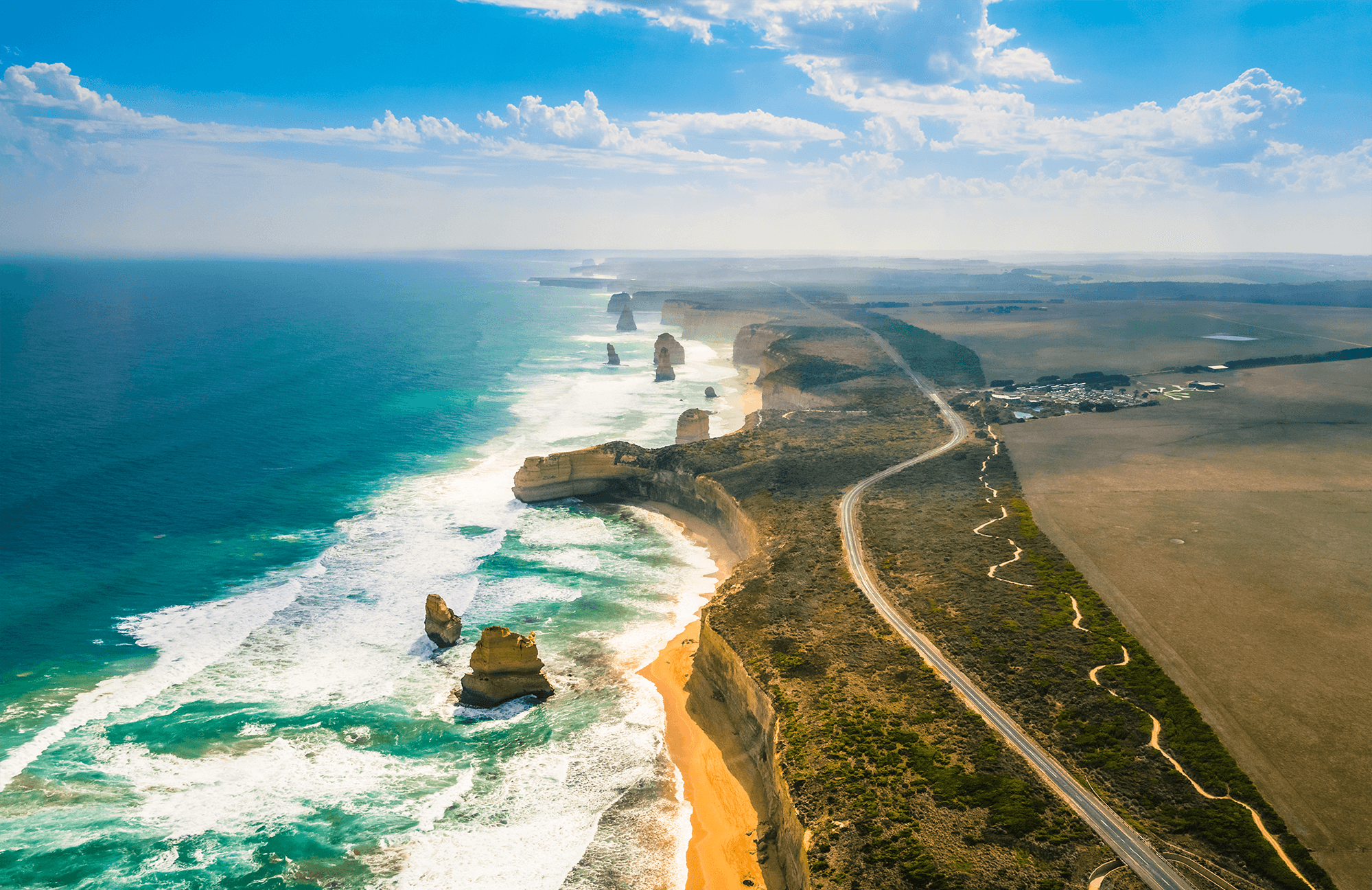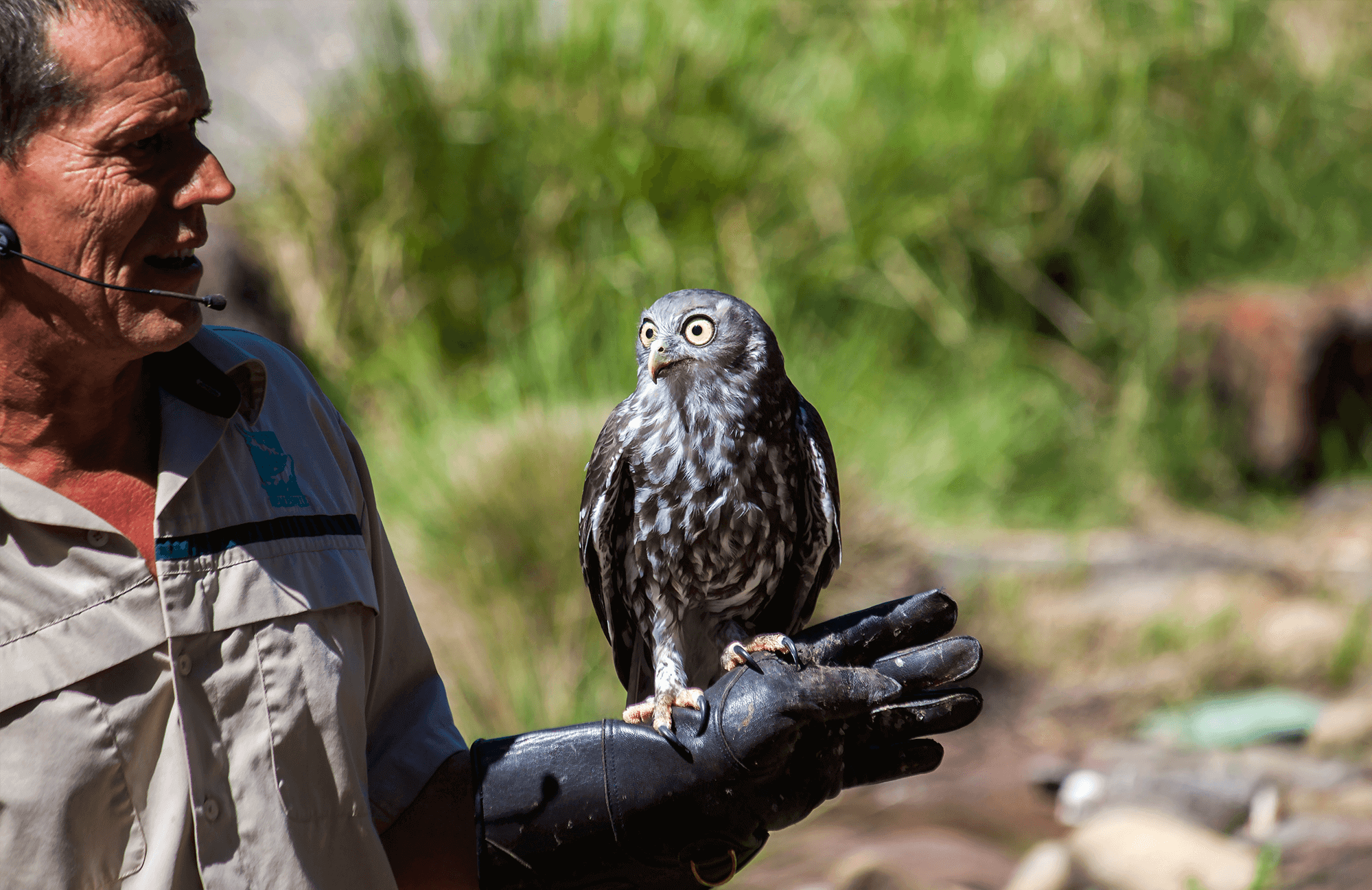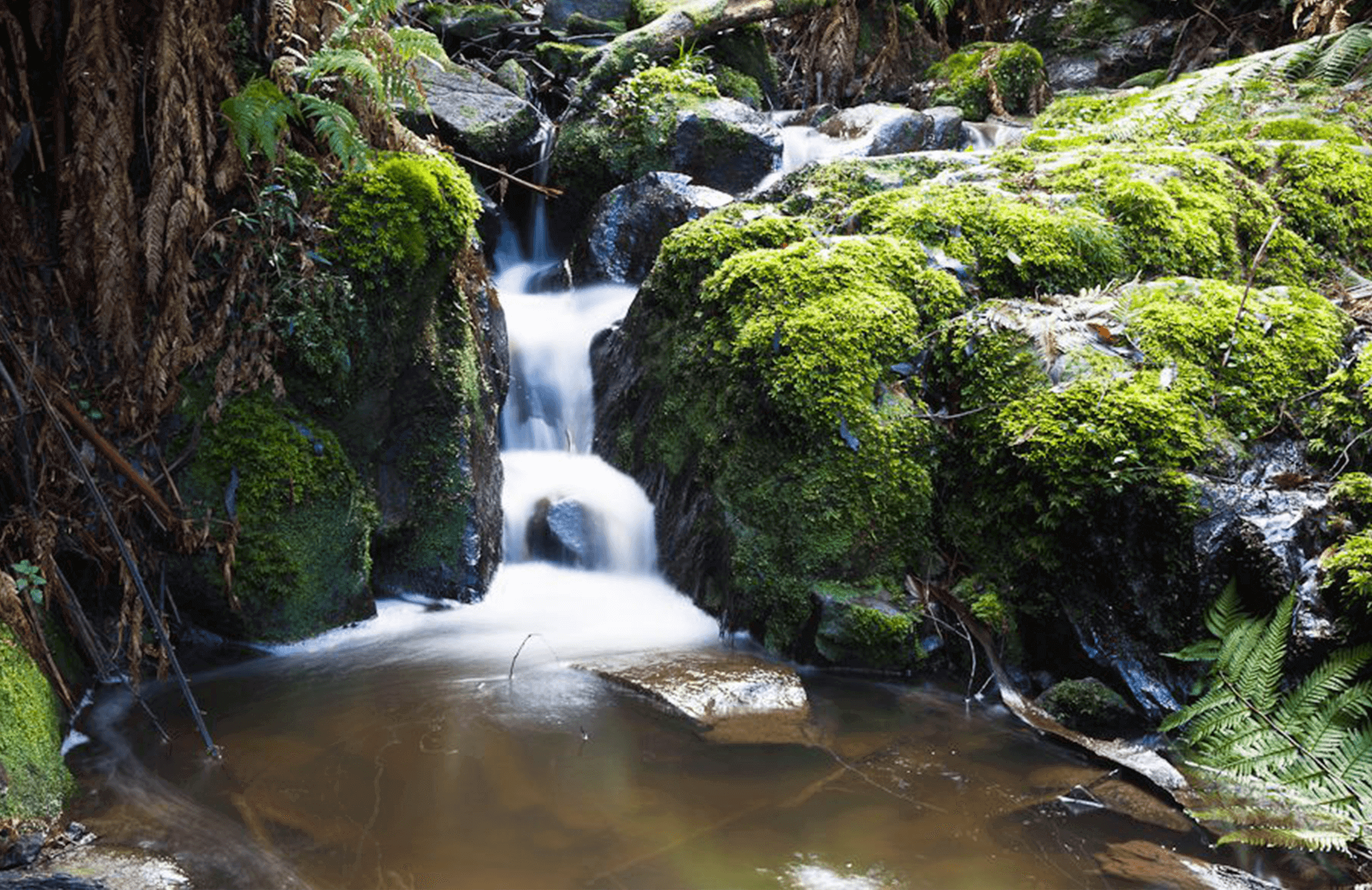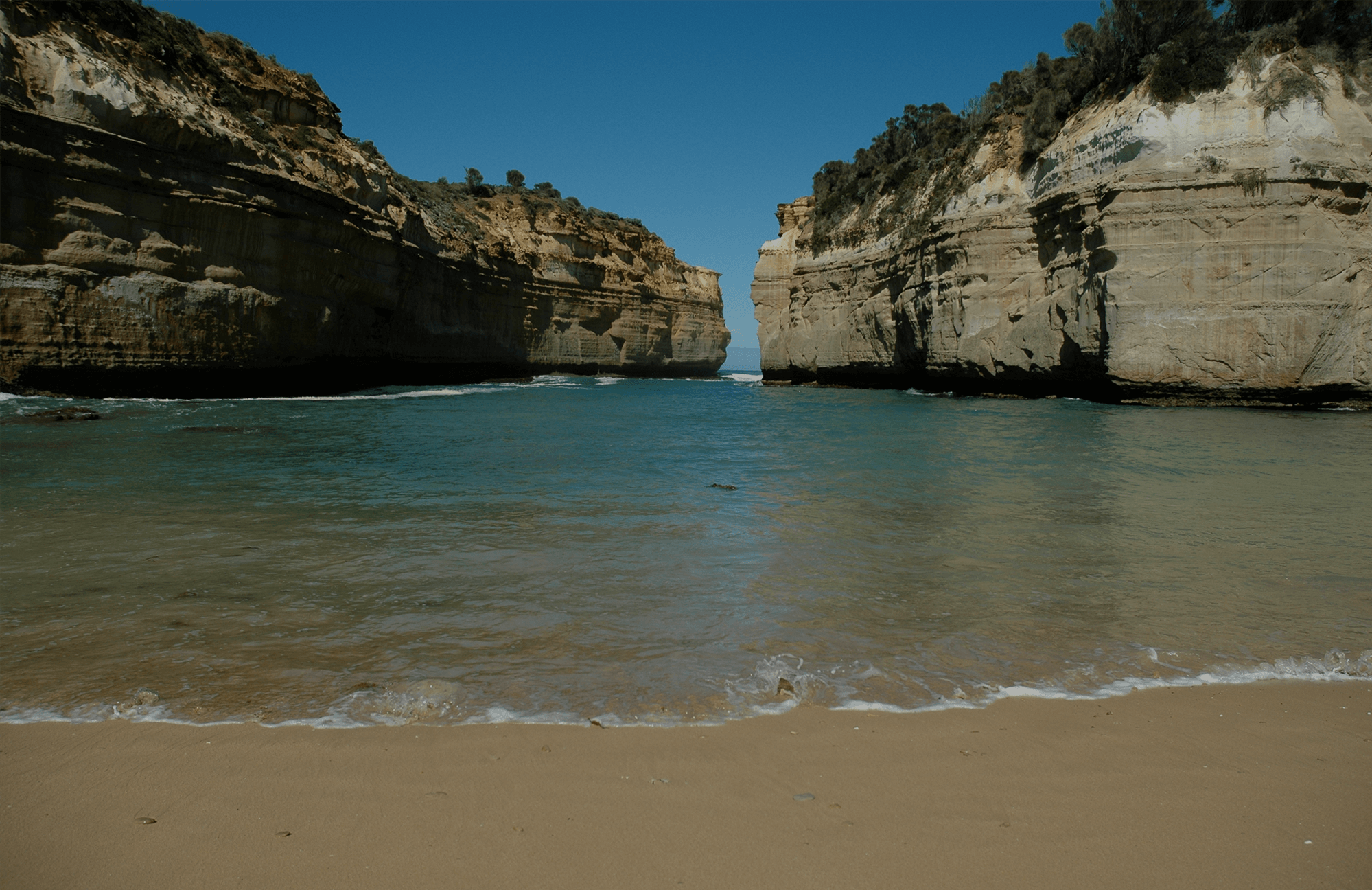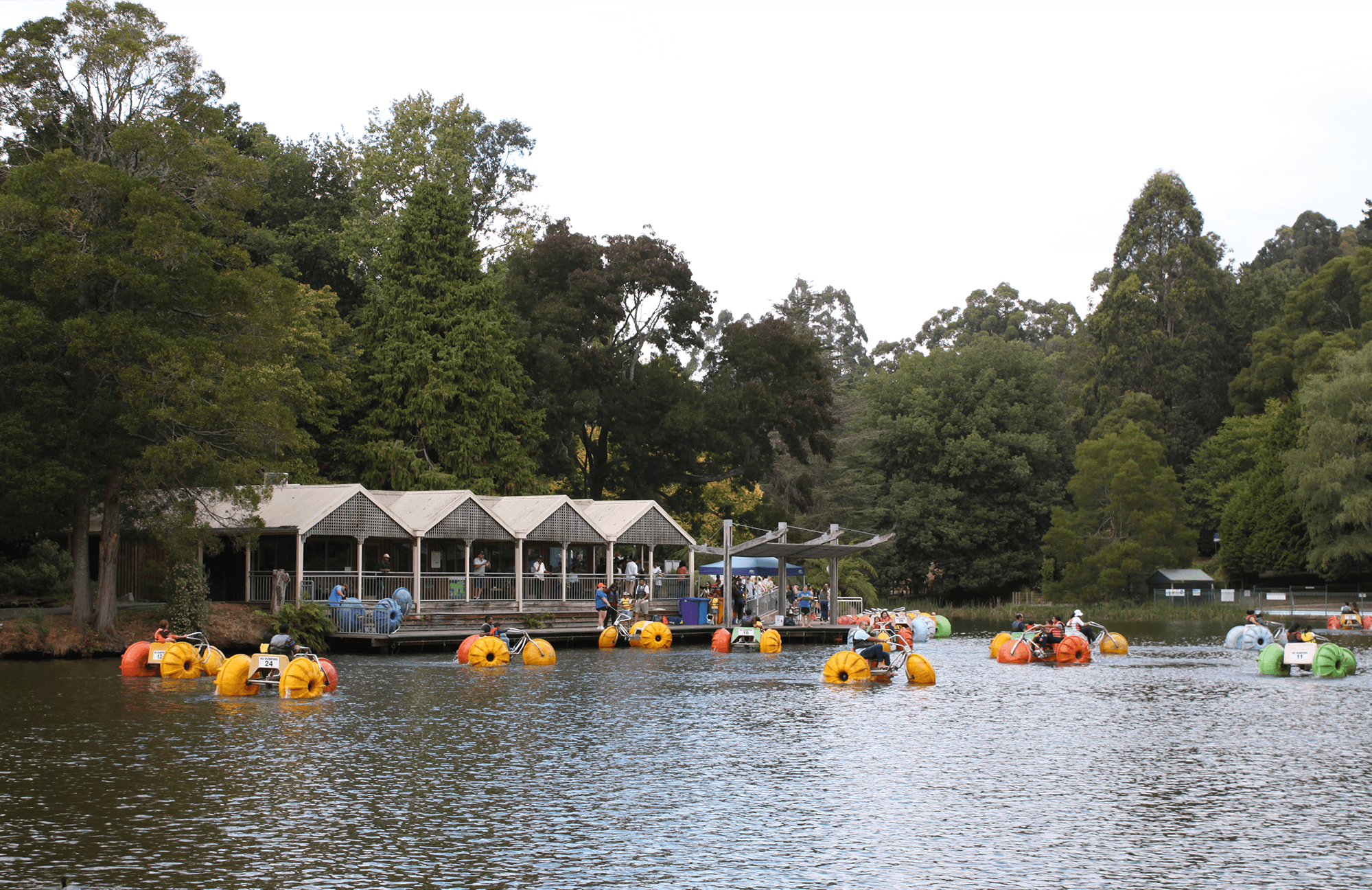Mornington Peninsula Wine, Brewery, Distillery Tour

Mornington Peninsula Wine, Brewery, Distillery Tour
The Mornington Peninsula is a peninsula located south of Melbourne, Victoria, Australia. It is surrounded by Port Phillip to the west, Western Port to the east and Bass Strait to the south, and is connected to the mainland in the north. Geographically, the peninsula begins its protrusion from the mainland in the area between Pearcedale and an area north of Frankston. The area was originally home to the Mayone-bulluk and Boonwurrung-Balluk clans and formed part of the Boonwurrung nation's territory prior to European settlement.
Much of the peninsula has been cleared for agriculture and settlements. However, small areas of the native ecology remain in the peninsula's south and west, some of which is protected by the Mornington Peninsula National Park.
The peninsula is primarily a local tourist region, with popular natural attractions such as the variety of beaches both sheltered and open-sea and many scenic sights and views.
Indigenous Australians of the Mayone-bulluk and Boonwurrung-Balluk clans lived on the peninsula as part of the Boonwurrung People's territory prior to European settlement.[6] The territory hosted six clans who lived along the Victorian coast from the Werribee River across to Western Port Bay and Wilsons Promontory. The peninsula may have been home to between 100 – 500 people prior to European settlement.
The first European settlement on the Mornington Peninsula was also the first settlement in Victoria, situated in what is now Sorrento. The Sullivan's Bay settlement was a short-lived penal colony established in 1803, 30 years before the establishment of Melbourne, by Lieutenant-Colonel David Collins (1753–1810).[7]
At the time of European settlement in 1803[8] much of the Mornington Peninsula was covered with she-oak forests. These were quickly cleared to provide firewood for the growing city of Melbourne, and much of the peninsula was then covered with fruit orchards. Nevertheless, much natural vegetation still exists, especially in an area of bushland in the south known as Greens Bush, and the coastal fringe bordering Bass Strait and Western Port Bay. Most large areas of bushland are now included within the Mornington Peninsula National Park.
As serious farming has declined, hobby farmers with an interest in the aesthetic and the natural environment have taken over much of the peninsula. This has led to an expansion of natural bushland on private property, and many native species, such as koalas, are becoming increasingly common.
Fun Fact: The Mornington Peninsula produces 32% of Victoria’s lettuces! Along with all the other vegetables you’d expect from a thriving food bowl situated among rich red fertile soil, there’s everything from the meat and poultry, mild climate herbs, berries, orchards full of apples, pears and cherries. Then there’s the speciality produce like truffles, artisan sourdough, olive oil, apple cider vinegar, honey, cheese, chocolates, freshly roasted coffee and being surrounded by the sea means fresh seafood is never too far away either. The Mornington Peninsula has it all, it’s a food lovers paradise.
Tucked into the bottom of mainland Australia and surrounded by water, Mornington Peninsula is a top tourist destination that’s making waves on the world wine scene. Just over an hour from Melbourne, the Mornington Peninsula is popular for weekend getaways and is one of Australia’s food and wine hotspots. Think coastal views, green pastures and award-winning cellar doors and restaurants dotted among villages. The wine here is some of Australia’s best, made by a collaborative community of winemakers and many family-run vineyards. It’s a seaside region ruled by perfectionists.
Visit the new generation of brewers and wine makers on the Mornington Peninsula and experience where they practice their craft. This dynamic region will satisfy your thirst, each destination offering flavours unique to their environment.
The Mornington Peninsula region has a cool climate making wine growing ideal and focuses on Pinot noir production but has had success with other varietals including Chardonnay, Pinot gris and Tempranillo. The region is known for its medium bodied, dry wines and sparkling wines that show structure and complexity. The still wine versions of Chardonnay reflect a diversity of styles, all typically oaked, from more citrus to more tropical fruit flavors.
The Peninsula features a benign maritime climate with an average vintage temperature of 20.2 °C (68.4 °F). Soils differ greatly across the region, ranging from sandy flatlands around Moorooduc and Tuerong, pale brown alluvial soils at Dromana on the northern coastline to the deep russet volcanic soils between Merricks and Balnarring and the south coast. The whole region sits between 25 and 250 metres and receives an average of 350mm rainfall during the growing season.
The first plantings were in 1886 when wine produced from fruit planted at Dromana won an honourable mention at the Intercontinental Exhibition. An 1891 Royal Commission on Fruit and Vegetables states there were six registered vineyards in the region. By the turn of the century, economic decline, the threat of phylloxera and changing palatal preference impacted considerably on cool climate viticulture in Australia and by the 1920s these vineyards had been abandoned. The next attempt came in the 1950s when Seppelt planted 100 acres (0.40 km2) in Dromana, however, this would be destroyed by bushfire in 1967. Continuous production in the region finally began in 1972 when vines were planted at Mornington. The first commercial winery opened at Main Ridge in 1978, its first fruit was picked in 1980.
